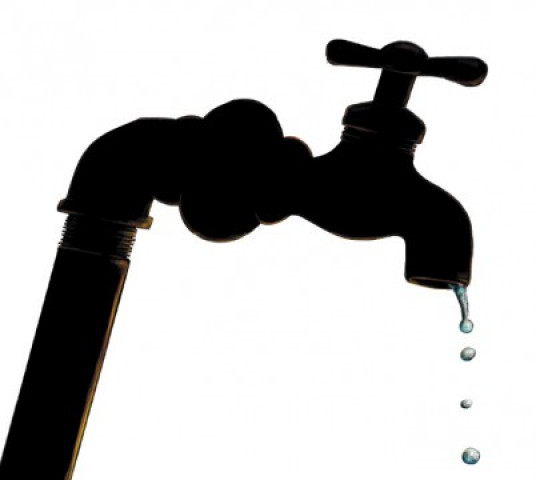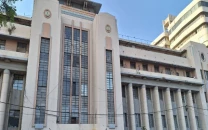Tackling scarcity: PC suggests higher water charges for rice, cane crops
Calls for linking water rates with per acre needs to encourage efficiency.

The Planning Commission has suggested to the provinces to link water charges with per acre water requirement as the existing extremely low canal water pricing is financially unsustainable, threatening the existence of the world’s largest irrigation system.
In a first detailed study on the irrigation system and factors leading to its destruction, the Planning Commission in its report, titled ‘Canal Water Pricing for Irrigation in Pakistan’, said water pricing across the country was extremely low covering even less than a fourth of the operation and maintenance cost of the canal system. For the sustainability of the system, the provincial governments are collectively injecting Rs5.4 billion in annual subsidies.
The report comes at a time when the federal government is encouraging all provinces to implement a unified agriculture tax system and revamp the irrigation system through better water pricing.
The Planning Commission suggested that the water charges, known as Abiana, need to be based on crop water requirement per acre so that water scarcity could be reflected in water charges and be an incentive for farmers to use water efficiently for higher financial return. It proposed higher rates for water-intensive crops like rice, sugarcane and cotton.
It said the business as usual would lead to continuous deterioration of both structure and functioning of irrigation assets that include canals, distributaries, minors, regulators, falls, bridges and outlets. “This is the most critical policy issue confronting the world’s largest integrated irrigation system for decades,” stressed the Planning Commission.
It is estimated that Abiana accounts for less than 1% of the total cost of production per acre per year. The canal water price is 20 times cheaper than the water pumped through tube wells.
The Planning Commission forewarned that due to growing fiscal deficit and changing priority for funds it will be difficult for the governments to keep financing the irrigation system.
Despite scarcity of water, the meagre charges do not stop farmers from wasting the water. Average water charges for rice and cotton remained almost the same, though rice consumes 60% more water than cotton.
The study pointed out that this kind of pricing policy is counterproductive and one of the biggest constraints to large-scale adoption of high-efficiency technologies and high-value cropping pattern.
Abiana rates have been higher in Balochistan, followed by Khyber-Pakhtunkhwa, Sindh and Punjab. But even lesser gap between operation and maintenance cost and revenues cannot guarantee adequate maintenance and effective performance of irrigation infrastructure if a systematic approach such as asset management plan does not exist.
The low pricing is not the only issue threatening the irrigation system, as the recovery of water charges is yet another matter of concern.
The study found that country-wide Abiana recovery is merely 60% of the assessed amount, inflicting a loss of Rs1.2 billion annually in addition to maintenance subsidies. Province-wise, Sindh leads in terms of recovery-to-assessment ratio, followed by Punjab, Khyber-Pakhtunkhwa and Balochistan.
The study recommended that improving collection rate of Abiana should be the priority area for provincial governments aimed at reducing the gap between recovery and assessment.
While reviewing the province-wise situation, Punjab’s system is threatened the most as its recovery rate is only 20% of the operation and maintenance cost, putting a burden of Rs686 million each year on the provincial government to provide subsidy for keeping the system in operation.
The irrigation system in Sindh is also financially unsustainable as average Abiana recovery is 36% of the operation and maintenance cost. The canal irrigation system in Khyber-Pakhtunkhwa is gradually becoming unsustainable. A loss of Rs136 million is inflicted each year on the provincial government in the form of subsidy.
Interestingly, Balochistan seems to be doing well compared to other provinces where Abiana recovery covers 73% of the operation and maintenance cost on average.
Published in The Express Tribune, August 5th, 2012.



















COMMENTS
Comments are moderated and generally will be posted if they are on-topic and not abusive.
For more information, please see our Comments FAQ